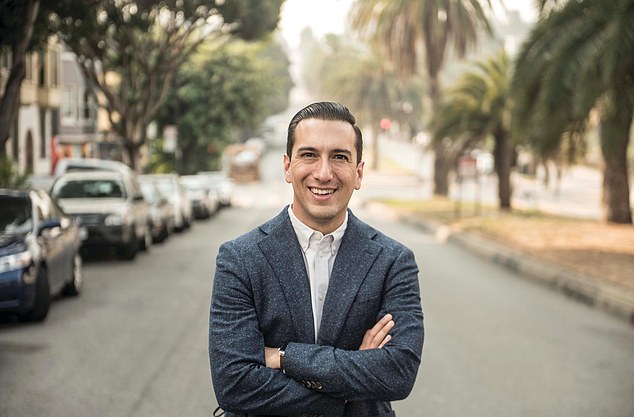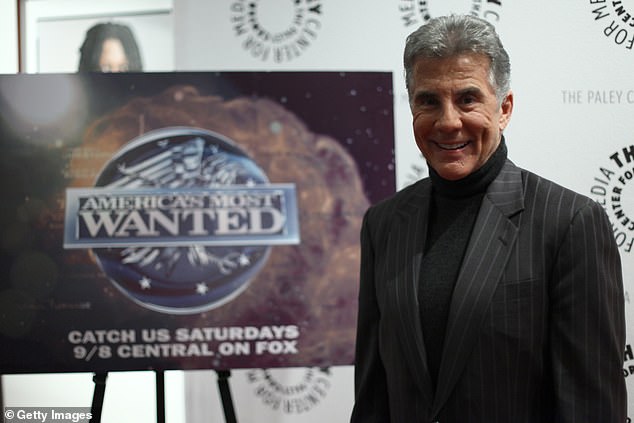Since the 1980s, we’ve been raising children wrong – and it’s led to a generation of cynics: PROFESSOR JAMIL ZAKI
In 2015, Danielle and Alexander Meitiv let their children, ages 10 and 6, walk home alone from a park in Silver Springs, Maryland.
Halfway through their journey, the children were stopped by police and within days the parents were being investigated for neglect.
Mr and Mrs Meitiv were criticised on social media for allowing children to roam freely in a dangerous world, where they were at risk of being kidnapped or worse.
Their case shows how much our culture has been distorted by the idea of “stranger danger” — a decades-old concept that holds that any unknown person poses a threat.
When we teach children that the world is terrible, they believe us, even when our claims are false or unhealthy.
Research has shown that the chance of a child being abducted by a stranger is much less than one percent.
Every abduction is a tragedy. But most fears of strangers are unfounded: the actual risk of a child being abducted and murdered by a stranger is estimated at 0.00007 percent.
For comparison, the chance of being struck by lightning as a child is about 0.0065 percent. So the chance of being struck by lightning as a child is greater than being abducted by a stranger as a child.
As a mother of two daughters, I understand these needs.
But as a psychologist at Stanford University, I see an epidemic of young adults struggling with depression and anxiety, and I believe that the stranger-craze is hurting younger generations more than it helps.
Thirty-five years before the Meitivs’ troubles, in 1981, Revé Walsh took her six-year-old son Adam to a Sears department store in Hollywood, Florida.
He waited at an Atari video game display while she went shopping for light bulbs.
When she returned a few minutes later, Adam was gone. Within two weeks, Revé would learn that Adam had been kidnapped and murdered.
Mrs. Walsh experienced every parent’s nightmare, and soon that fear became an American fascination.
Revé’s husband, John, who would later host America’s Most Wanted, testified before Congress that the country was “littered with … strangled children.” He claimed that 50,000 children were taken by strangers each year.
The reporting of kidnappings increased dramatically in the 1980s. I grew up during that time and can remember eating cereal while looking at pictures of kidnapped children on milk cartons.
In 1987, nearly half of American children thought there was a good chance they would disappear.
Since then, violent crime has plummeted, but a 2024 survey found that more than a quarter of American parents are still “extremely concerned” that their child will be abducted.
In the 1960s, young people trusted others more than older people. But after years of stranger danger, the trend reversed, making Generation Z is the least trusting generation ever.
Young adults are also plagued by increasing loneliness, depression and anxiety, and I think the distrust we have built up in them plays a role in that.

Dr. Jamil Zaki is a psychologist and author from Stanford University
Psychologists from the University of Pennsylvania found in a 2021 study that parents believe that their children must view the world as dangerous and competitive in order to be successful.
This is reflected in our behavior in at least two ways.
The first is what Jonathan Haidt, an influential social psychologist at New York University, calls “safetyism”: “doing everything we can to keep our children from being harmed.”
Safety is physical in nature (don’t let children climb trees or race on bikes), but it is also social.
More than ever before, it is becoming impossible for children to spend time in public environments, such as parks and public swimming pools, without their parents.
A 2022 study found that 94 percent of news stories about children’s independence portrayed that independence in a negative light. Other research found that people consider parents who give their children freedom to be bad parents.
Our security policy sends a strong message that we cannot trust people we do not know.
The second is that parents intervene to solve their children’s social problems. As a parent, I also go crazy when my children suffer, and if I had a button that would brighten their mood, I would press it repeatedly.
But intervening, especially if your child is having problems with peers, can be counterproductive.
As a child psychiatrist Meghan Walls As he put it, “By solving our children’s problems for them, we hinder our children’s ability to develop the effective coping mechanisms needed to deal with these challenges.”
I would add that our interference also teaches children that other children are a threat.
Security policies and intervention are usually well-intentioned, but at the same time they are the exact opposite.
Scientists have studied how life turns out for children who are raised with a more trusting, open view of the world, compared to children who are raised with a closed attitude.
They found that people who saw the world as safe were happier, more fulfilled, and more successful than their more cautious counterparts.
Cynics suffered from more serious mental and physical illnesses and even died younger than their more gullible counterparts.

John Walsh, the host of America’s Most Wanted, tragically lost his son Adam to kidnapping and murder in 1981
In other words, by protecting our children from imaginary short-term dangers, we direct them toward more real long-term dangers: the loss of love, friendship, and community.
Instead of scaring and isolating our children, we can help them open up to the world.
Two strategies can help here. First, we can point children to “strange goodness.”
Media portrays the world as scary. As a result, research has found that the more people watch the channel, the more they get the impression that crime is high, even if it is actually decreasing.
Real people are much more trustworthy, generous, kind, and open-minded than we realize. The average person underestimated the average stranger, and science proves it.
But we can look better, and so can our children. With my own children, I try an exercise called social savouring.
My daughters and I often share stories of kindness we have seen throughout the day. This helps them to notice the helpers around us, who are everywhere.
Second, we can let children deal with their own problems and manage their own relationships.
My brilliant late friend, neuroscientist Emile Bruneau, described this parenting style as under-attentiveness. It involves being present and available for young people but not stepping in to help until they ask for it, and even then asking for ideas rather than offering them.
Research confirms his line of thought. When parents gave their children social independence in their older studies, they experienced less stress at school and more faith and positive feelings toward their peers.
We can get our children into this healthier mindset. To help our children thrive, we can help them see the good around them. To help them trust others, we can start by trusting them more.
Jamil Zaki is a professor of psychology at Stanford University and author Hope for Cynics: The Surprising Science of Human Goodness.
